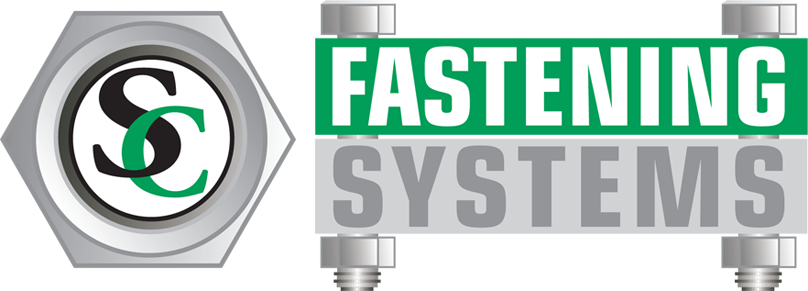The Different Types of Hearing Protection and How to Choose the Right One
Hearing protection is a critical part of workplace safety, especially in environments where noise levels exceed safe thresholds. Prolonged exposure to loud sounds can cause irreversible hearing loss, making it essential for employers and workers to understand the types of hearing protection available and their specific applications.
Why Hearing Protection Matters
OSHA limit for 8-hour exposure
Americans affected by noise-induced hearing loss
Preventable with proper protection
Foam Earplugs
Description: Disposable foam earplugs are among the most common forms of hearing protection. They are lightweight, cost-effective, and expand to fit the ear canal.
Construction, manufacturing, and environments with intermittent noise
Up to 33 dB reduction
- Inexpensive and disposable
- High noise reduction
- Easy to store in bulk
- Must be inserted correctly
- Not ideal for frequent removal
Pre-Molded Reusable Earplugs
Description: Made from silicone, rubber, or plastic, these earplugs are pre-shaped to fit most ear canals and can be washed and reused.
Industrial workplaces, musicians, and workers needing frequent removal
Reusable for weeks or months
- Durable and reusable
- More consistent fit
- Cost-effective long-term
- Higher upfront cost
- May not be as comfortable for extended wear
Banded Earplugs
Description: Earplugs connected by a flexible band worn under the chin or behind the head.
Environments with intermittent noise exposure, where quick removal and insertion are necessary
Easy to hang around neck when not in use
- Convenient for temporary use
- Easy to hang around neck
- Quick on/off capability
- Lower noise reduction than fully inserted plugs
- Not ideal for continuous exposure
Earmuffs
Description: Earmuffs fit over the entire ear and use cushioned ear cups to block sound.
High-noise environments, cold weather, or when earplugs are uncomfortable
Minimal ear canal contact required
- Easy to put on and take off
- No ear canal insertion needed
- Visible compliance for supervisors
- Can be heavy or hot in warm climates
- May interfere with other PPE like helmets
Electronic Hearing Protection
Description: Advanced earmuffs or in-ear devices that block harmful noise while amplifying safe sounds, such as speech.
Shooting ranges, military, law enforcement, and specialized industrial work
Noise suppression with communication enhancement
- Allows situational awareness
- Protects hearing while enabling communication
- Ideal for dynamic noise environments
- More expensive than passive protection
- Requires batteries or charging
Custom-Molded Hearing Protection
Description: Earplugs molded specifically to the wearer’s ear for a perfect fit.
Workers with irregular ear canals, musicians, and long-term use in consistent noise environments
Professional fitting required
- Superior comfort and fit
- Long-lasting and reusable
- Tailored noise reduction
- Higher upfront cost
- Requires professional fitting
Understanding NRR (Noise Reduction Rating)
Note: Real-world protection is typically 50% of the labeled NRR due to improper fit and wear
Choosing the Right Hearing Protection
When selecting hearing protection, consider:
Noise Level
Measure decibel levels to match with the Noise Reduction Rating (NRR). Use sound level meters for accurate measurements.
⏱️
Duration of Exposure
Continuous noise may require higher NRR or double protection (earplugs + earmuffs).
Work Environment
Factor in mobility, PPE compatibility, and the need for communication.
Comfort & Fit
Protection only works if worn consistently and correctly. Consider individual ear canal size and shape.
Investing in the right hearing protection safeguards not only compliance with OSHA standards but also the long-term well-being of workers.
Quick Selection Guide
Construction/Short-term
Foam earplugs or basic earmuffs
Industrial/Daily Use
Reusable earplugs or quality earmuffs
Need Communication
Electronic hearing protection
Long-term/Comfort
Custom-molded earplugs
Intermittent Use
Banded earplugs
Extreme Noise
Double protection (plugs + muffs)
Protect Your Team with SC Fastening Systems
At SC Fastening Systems, we stock a comprehensive range of hearing protection solutions from trusted manufacturers. Whether you need disposable foam plugs for short-term projects or advanced electronic protection for specialized applications, we have the right products to keep your workers safe.
Our safety experts can help you assess your workplace noise levels and recommend the most appropriate hearing protection for your specific industry and applications. Contact our safety specialists today for a personalized consultation and bulk pricing options.
Professional noise assessment and product selection
All types from basic foam to electronic protection
Volume pricing for contractors and large facilities
Products that meet all regulatory requirements
